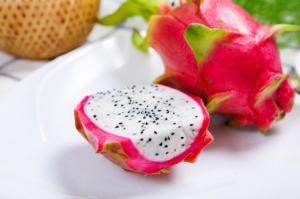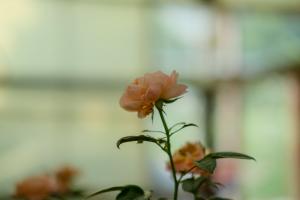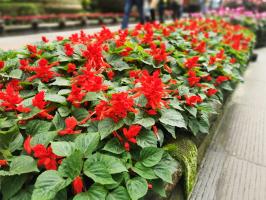When to Plant Fig Trees in Washington State
Fig trees are a great addition to any gardening enthusiast's backyard. These trees are known for their sweet and juicy fruits that can be consumed fresh or dried. Fig trees can grow well in Washington state, but the weather conditions in the region can make it challenging for new growers to know when to plant them. There are several factors to consider when deciding when to plant fig trees in Washington state.
Climate and Soil Conditions
Washington state's climate varies significantly from east to west. The inland areas have a drier and warmer climate than the coastal regions, which are heavily influenced by the Pacific Ocean. For growing fig trees, the ideal climate temperature ranges from 60 to 65 degrees Fahrenheit. Additionally, fig trees prefer well-drained and nutrient-rich soil. When planning to plant fig trees in Washington state, ensure that you choose a spot with well-drained soil, a warm microclimate, and shelter from the wind.
Planting Season
The best time to plant fig trees in Washington state is during spring or fall. Planting during the spring season helps the fig trees establish themselves in the soil and develop a strong root system before the hot summer months. Fall planting allows the roots to establish more, making it easier for the tree to take advantage of the spring rains and then the summer warmth to produce figs. Before planting, make sure you prepare the soil by tilling a 2-3 feet diameter in the ground and amending it with compost, aged manure, or planting soil.
Fruit Yield
Figs ripen in the summer months, usually between July and September. However, the yield depends on how well the tree is maintained and cared for. Pruning in late winter each year will remove dead wood and wood that has already produced figs. Removing the wood early will avoid damage to the tree and give it more energy to produce foliage and fruit. Fertilizing the fig trees in the spring will also help increase the fruit yield.
Pest Control
Fig trees are susceptible to insects, fungal, and bacterial diseases. Common pests that attack fig trees in Washington state include spider mites, aphids, and mealybugs. Using insecticidal soap or neem oil sprays helps control these pests. To prevent fungal diseases, avoid wetting the leaves and branches of the tree when watering, and keep the soil well-drained. Pruning and removing damaged wood will also help prevent pests and diseases from infecting the tree.
Conclusion
Fig trees are an ideal addition to any backyard in Washington state, but the timing of planting is crucial for producing a bountiful harvest. When planting, ensure that you choose a spot with well-drained soil, a warm microclimate, and that the tree is adequately protected from the wind. Spring and fall are the best seasons to plant a fig tree, and it is essential to prune, fertilize and control pests to increase fruit yield. With the appropriate care and maintenance, a fig tree can provide years of delightful fruit for you and your family to savor.

 how many times do yo...
how many times do yo... how many planted tre...
how many planted tre... how many pine trees ...
how many pine trees ... how many pecan trees...
how many pecan trees... how many plants comp...
how many plants comp... how many plants can ...
how many plants can ... how many plants and ...
how many plants and ... how many pepper plan...
how many pepper plan...





























